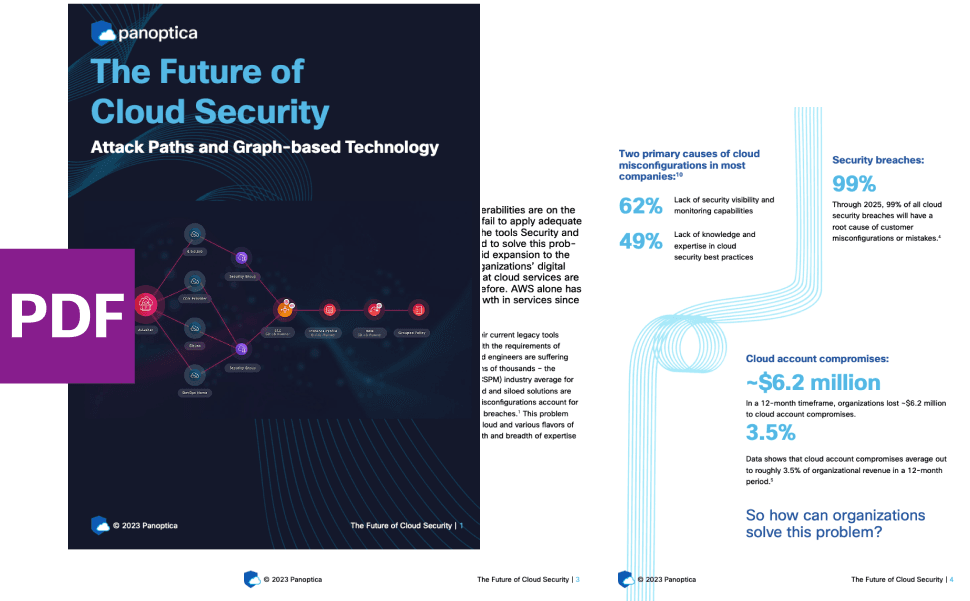Data pipelines can present numerous challenges for DevOps. This is because the more data pipelines you work with, the higher the risk that your data will become difficult to manage.
As we know, data is not static. It changes constantly, and it must be validated continuously to ensure that data quality issues don’t destroy whichever pipelines you are feeding your data through. You must also be able to react quickly to problems with your data in order to avoid disrupting workflows.
Introducing Great Expectations and Apache Airflow
Fortunately, the open source community has built some great tools to solve this challenge.
One is
Great Expectations, an open-source software used for vetting data quality. Great Expectations data validation helps teams avoid bad data propagate in the pipeline through data testing, documentation and profiling.
 Great Expectations in a real-world data pipeline.
Great Expectations in a real-world data pipeline.
Another tool is
Apache Airflow, which lets you programmatically author, schedule and monitor data workflows. Airflow provides an orchestration and management framework for integrating data pipelines with DevOps tasks. It supports any type of mainstream environment – containers, public cloud, VMs and so on.
You can use Great Expectations and Airflow separately. But to maximize your ability to keep your data pipelines moving efficiently, you should integrate these tools together. Here are 5 reasons these tools should be integrated.
Catch data issues early on
The concept of
“shifting left” – which means catching issues early, when they are easier to resolve – is central to the DevOps methodology.
Integrating Great Expectations and Airflow helps DevOps teams apply this principle to data pipelines. It lets you identify issues earlier in the pipeline, ensuring that only validated data is passed into the next stage of the workflow. Instead of waiting to discover that data quality issues have broken your workflow, you can detect and resolve them as early as possible, significantly increasing efficiency.
Achieve greater precision
By using Great Expectations and Airflow together, you can see exactly where in a workflow data issues lie. In turn, you can fix the data efficiently. Instead of having to guess how low-quality data impacts your workflow, you can pinpoint the relationship between problematic data and workflow tasks, then remedy it directly. This means that the workflow will proceed smoothly as planned without being impacted by data-quality issues
Avoid pipeline-wide searches
The Airflow dashboard displays each particular task and task failure automatically. That means there is no need to search through your entire pipeline when troubleshooting workflow issues or understanding the state of data within your workflow. By automatically identifying exactly where the data issue lies, you can take the appropriate steps to remedy it in a timely manner.
Minimize failure risks
When you use Great Expectations and Airflow together, you can be confident that each new step in your workflow will be executed only after the data it depends on has been validated from a quality perspective.
This means you can limit the potential for failure and clean up errors that would result in incorrect data filtering through your directed acyclic graph (DAG).
Create scalable pipelines
Data pipelines built with Airflow are highly scalable, and Great Expectations data validation helps you double-down on scalability, no matter how much data you have to work with.
So, no matter the quantity of your data, Airflow and Great Expectations ensure that you can operate efficiently and at scale.
Conclusion
Although integration between Great Expectations data validation and Apache Airflow is relatively new, there are excellent reasons to use the tools in tandem. Doing so exponentially increases the value that you could achieve by using either tool on its own. By automatically validating data in your pipeline, you ensure that DevOps time is used more efficiently, rather than having to manually check for data quality issues. This allows you to focus more on development, rather than worrying about data quality in the pipelines.
Learn how to integrate the tools in this
blog post, which walks through the process step-by-step.






